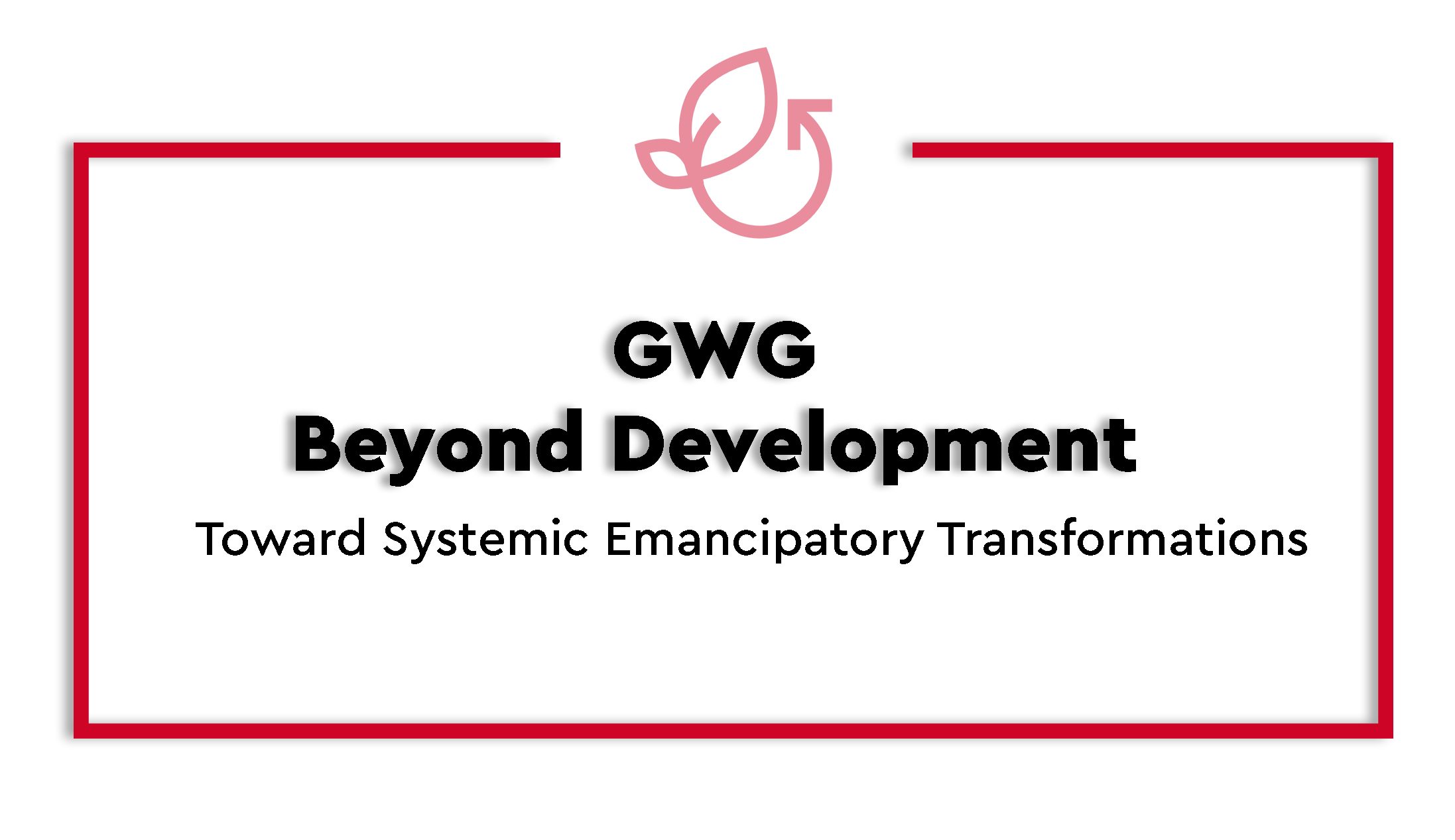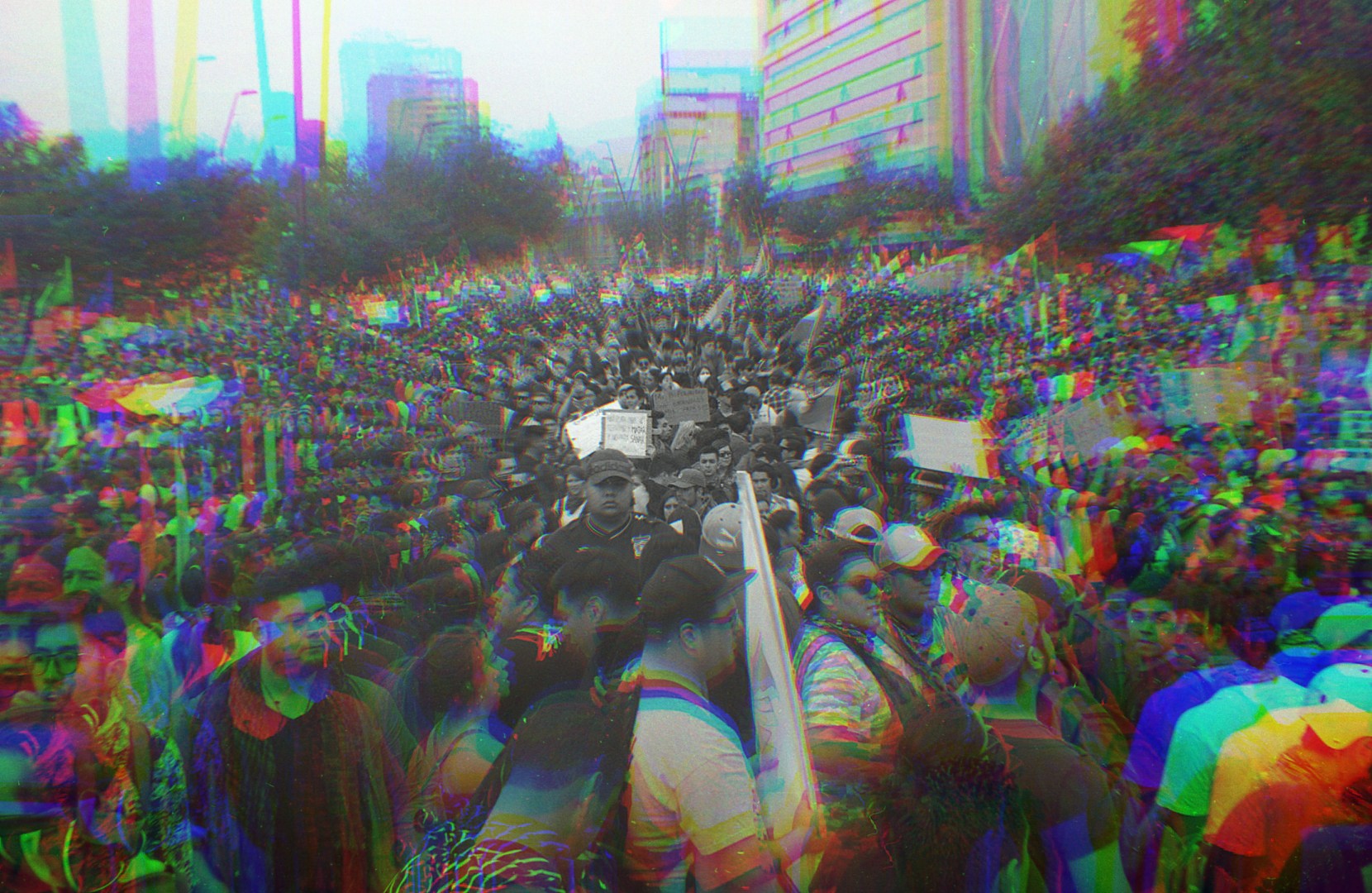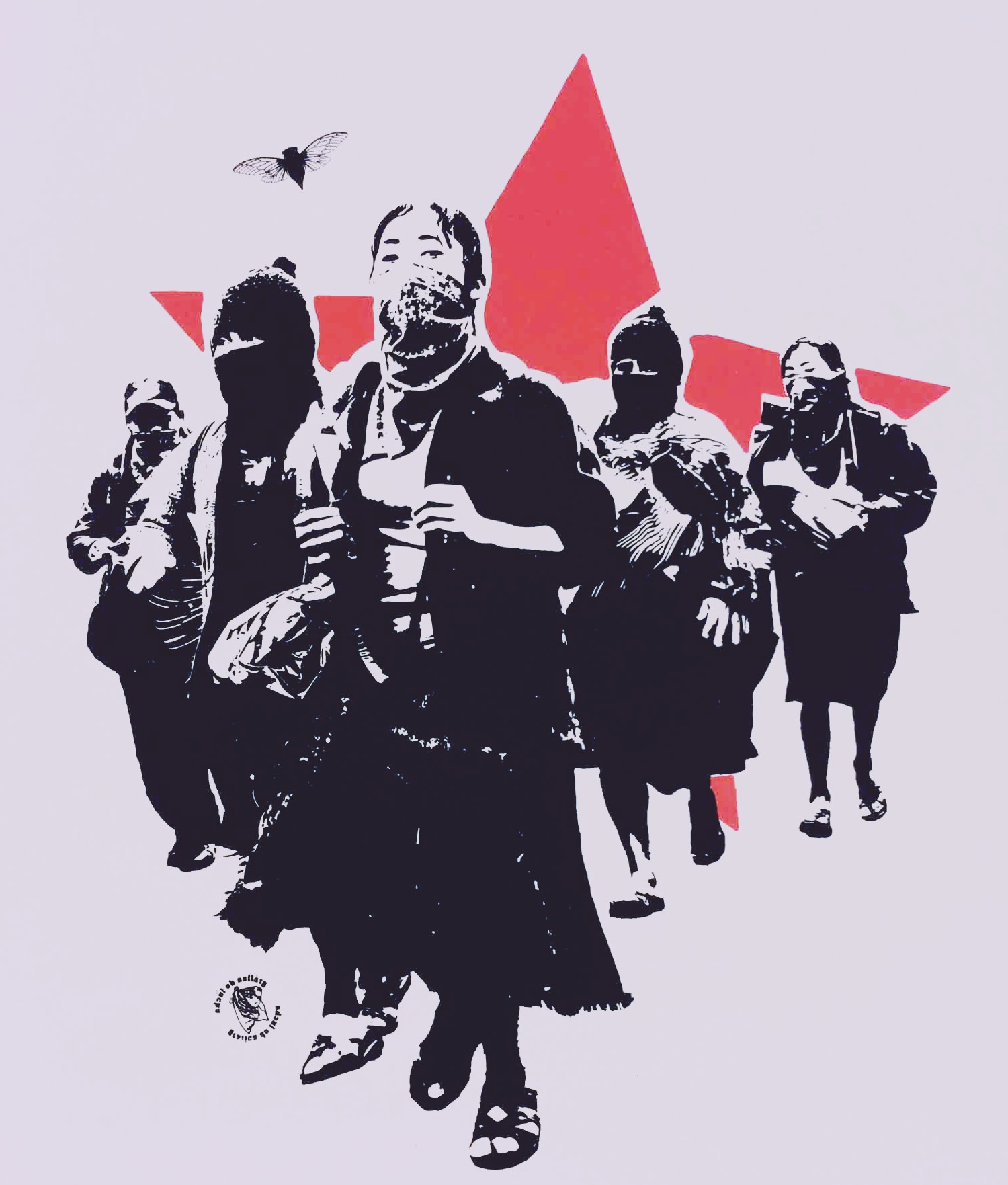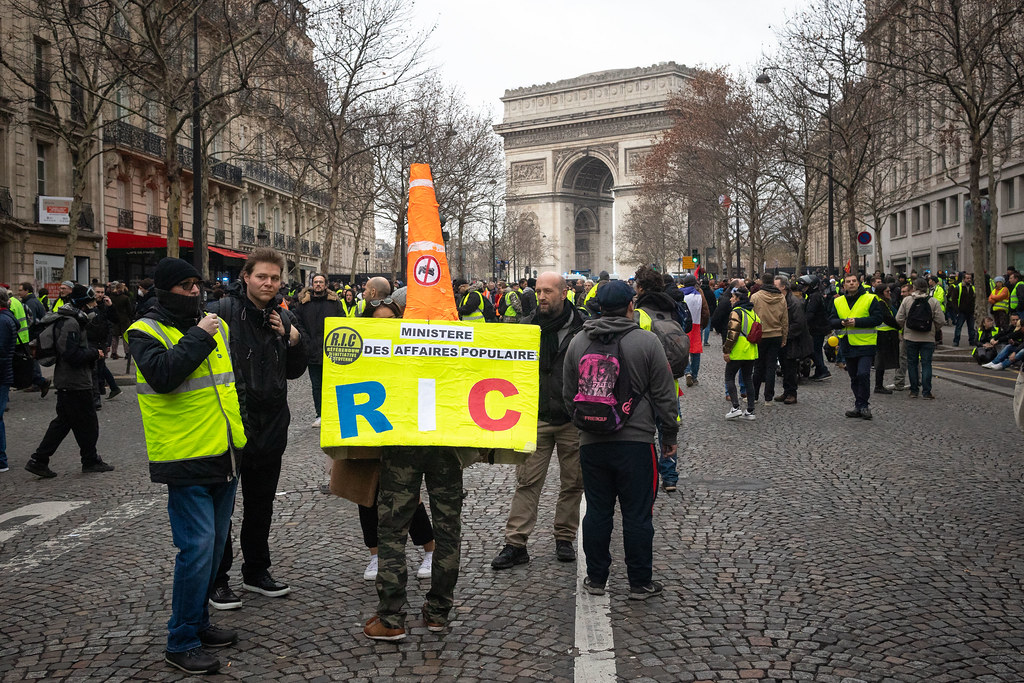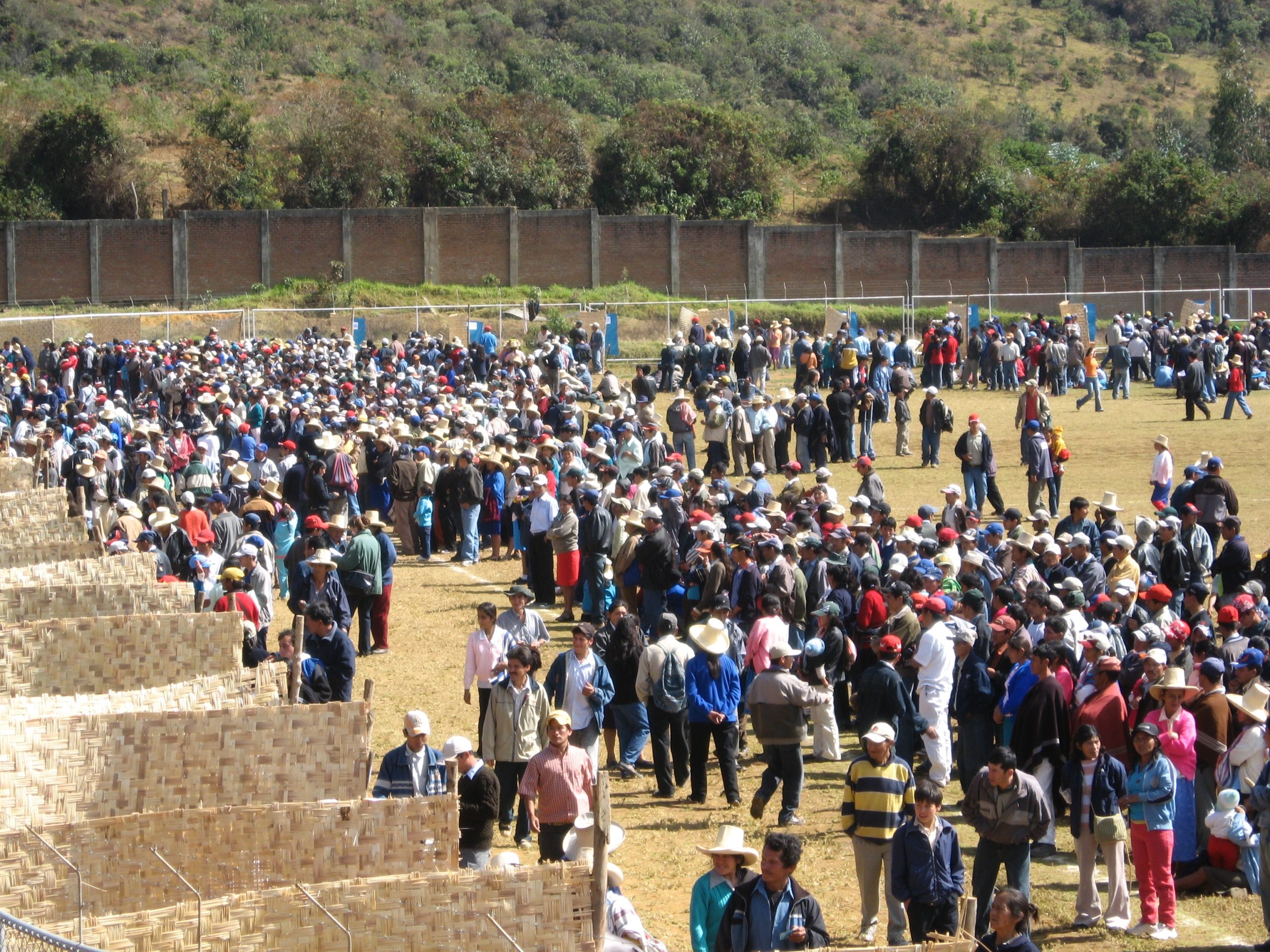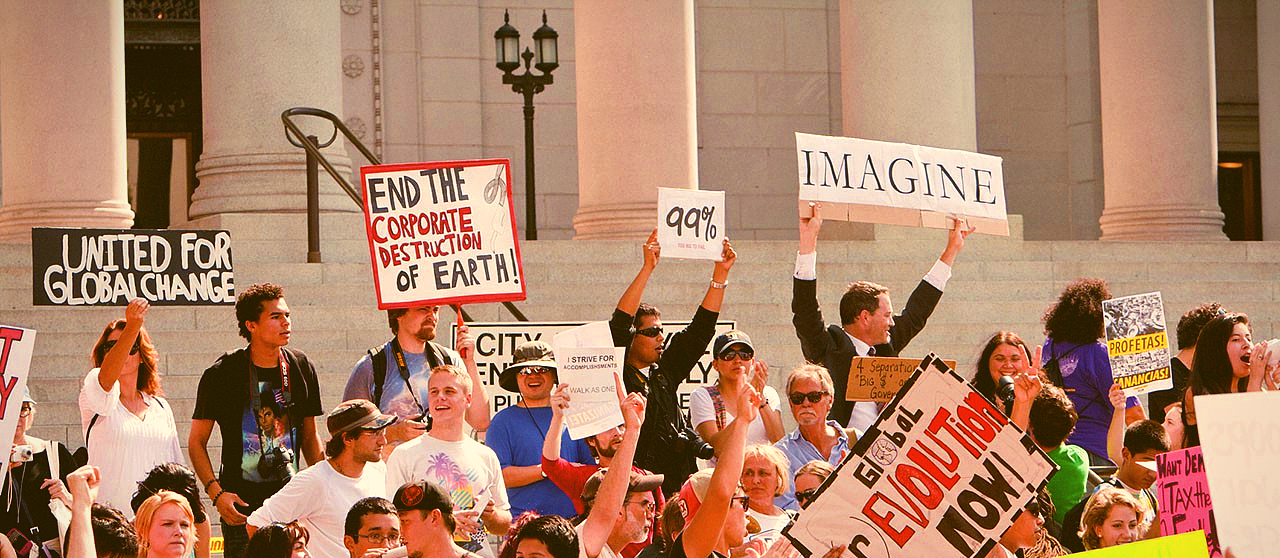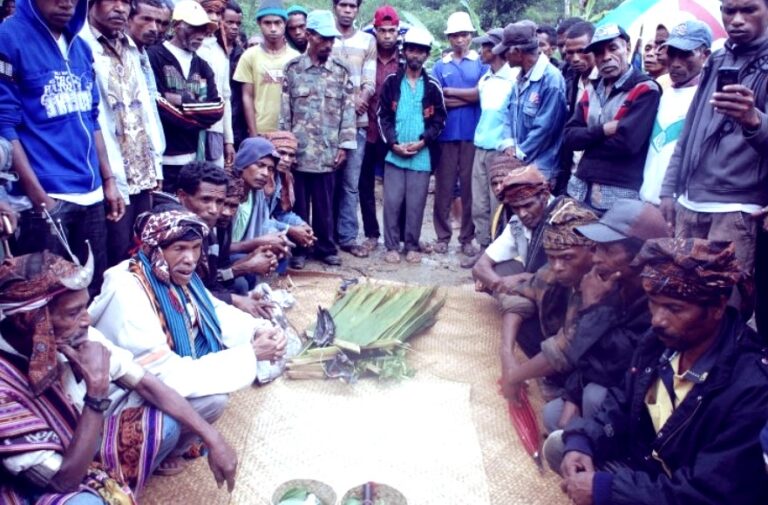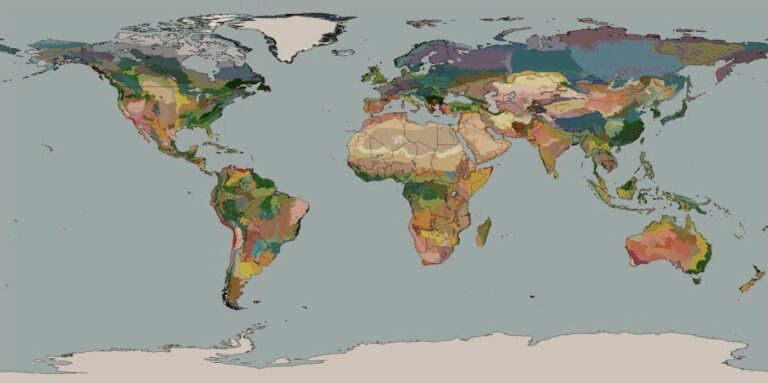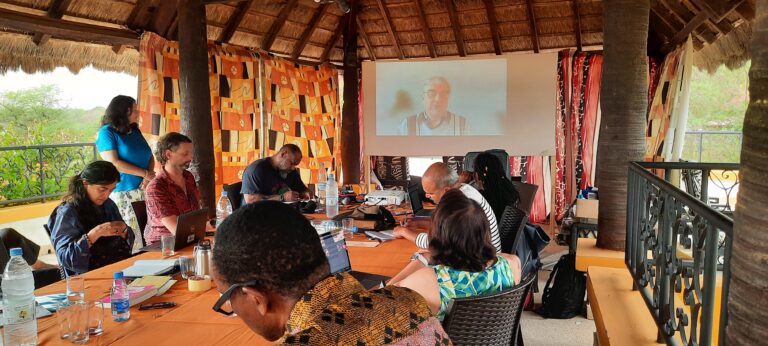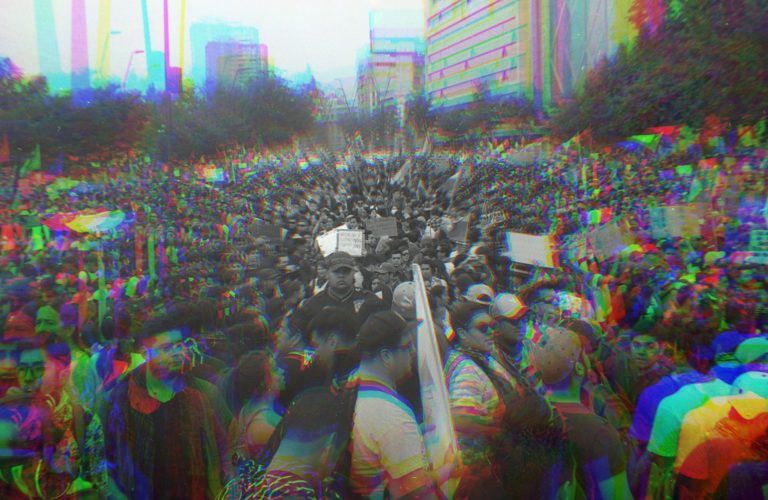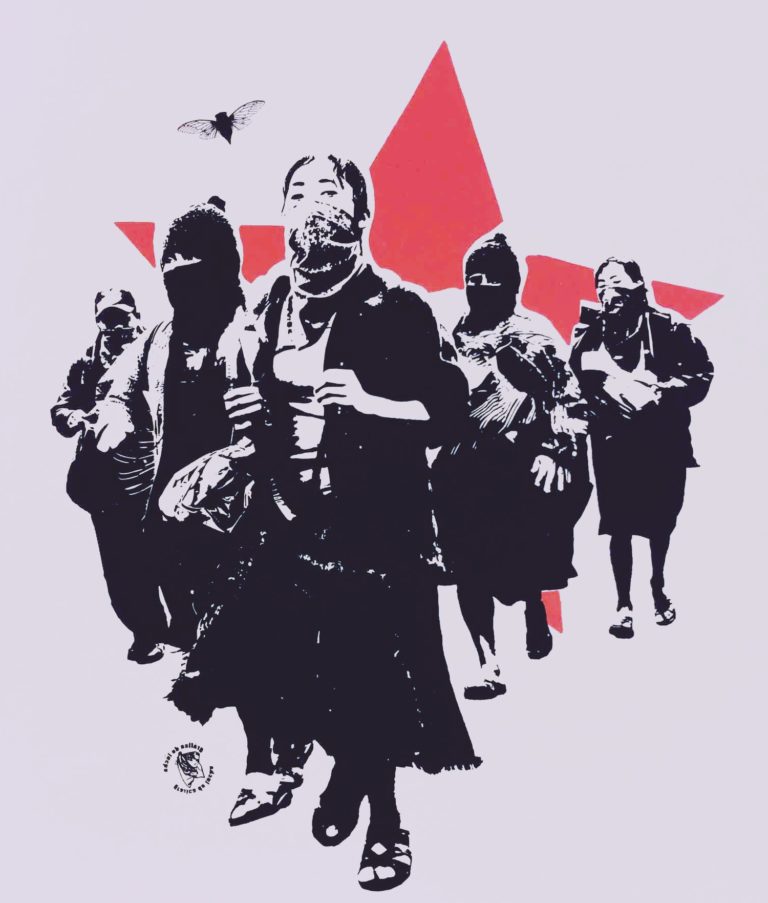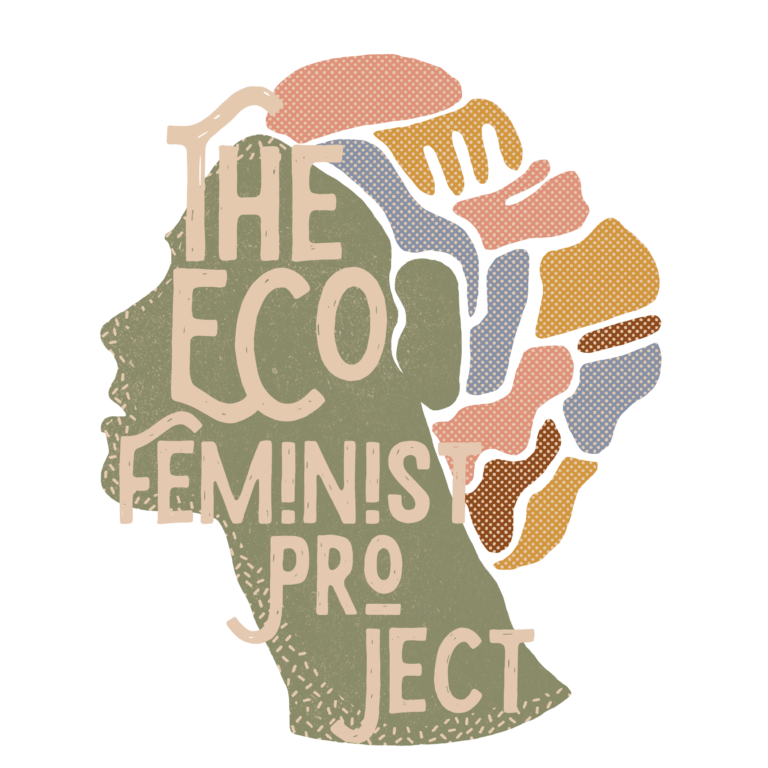Commenting on “Revolutionary Immanence?”
by Aram Ziai The article is a highly interesting piece which demonstrates the author‘s familiarity with the theoretical debate about anti-capitalist revolutions as well as with current oppositional social movements. However, coming from a different theoretical tradition than the author I found its argument sometimes hard to follow and was not quite convinced by a number of theoretical claims – also in the light of its own analysis of social movements. If […]
